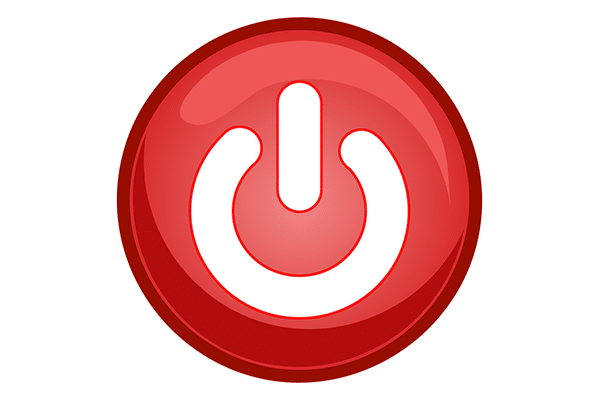Air Compressor Works
Post
Turn OFF Your Compressor
November 02, 2020

Many people have asked, “What is the best way to run an air compressor?” Simple answer is: OFF.
Obviously, it is not practical to turn off your air compressor and run your facility. However, it is practical to properly control one or more compressors, as well as your air system, effectively to ensure you are not wasting energy.
Let’s take a look at the facts.
If you leave a 50 HP rotary air compressor running and unloaded, you will consume $1.11/hour $27/day $829 month $9954/year at $0.10 per KW. Leaving a compressor on and not working is much like leaving your vehicle idling for hours at a time. Not only are you wasting energy, but you’re increasing maintenance costs.
What are some of the simple things you can do to make sure you’re properly controlling your air compressors to save energy and money?
Routine:
Develop a routine of shutting your compressor off when not in production. If you have multiple compressors, run the smallest possible unit on second or third weekend shifts to see if you can maintain plant air pressure for production.
Timers:
Install a timer on your primary compressor to shut it down at days end. If you have a small secondary compressor, be sure that it will automatically start up if demand is needed.
Solenoid Valves:
If you cannot shut down your entire plant system, put solenoid valves on each piece of equipment, or a branch to a particular production area that shuts down the air supply to that unit or area when production is finished. This can be done as a solenoid linked to the on/off button or on a timer. This will effectively isolate the air to equipment, or areas, that you do not require during off-shift times.
Stage Compressors:
Stage your compressor for use during your shift so that the most efficient compressor is base loaded and the smaller compressors trim. This can be done by setting the controls on each machine to interact properly with each other. Note: pressure switch controls will tend to drift and not maintain accurate control settings over a long period of time.
Controllers:
On multiple unit systems, a simple PLC controller can pay for itself in a few years. Selecting the proper compressor based on time of day and normal production requirements. Estimated install cost can run between $4,000 and $10,000 with potential large rebate from the power company.
Larger air systems can benefit from a computer operated control system based on flow and KW. This will monitor what is actually occurring in the system, and select the most efficient compressor combinations to be on. Return on investment can be as low as ½ to 2 years, with a cost estimate ranging from $10,000 – $25,000 or more dependent on the system requirements.
Unfortunately, electrical costs are not going down. Be sure that you take a look at your compressor system on all shifts to see if you are running appropriate units. It is critical that one person be responsible for energy conservation in your plant which would include your compressor system.
Have your KW and flow monitored to determine what is really happening to supply plant demand.
Interested in finding out more? Contact us: sales@ACWus.com or by phone (800) 345-4364
Related Post
Contact Us
Contact Us
Palm beach:
1956 W 9th St
Riviera Beach, FL 33404
Monday – Friday 7:30 AM - 4:30 PM
Map and Directions
Miami:
7292 NW 25th St
Doral, FL 33122
Monday – Friday 7:30 AM - 4:30 PM
Map and Directions
Phone Number:
Areas We Serve
- Miami
- Fort Lauderdale
- Hollywood
- Boca Raton
- Stuart
- Vero Beach
- Delray Beach
- West Palm Beach
- Homestead
- Key West
- Fort Pierce





